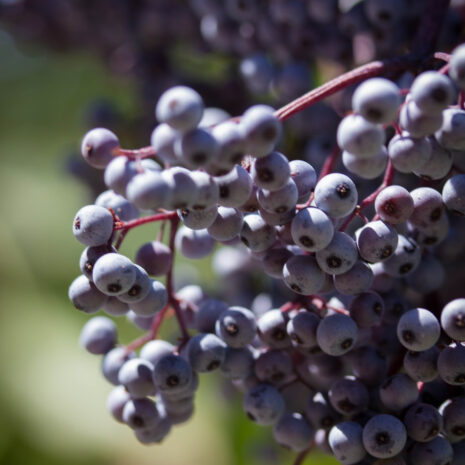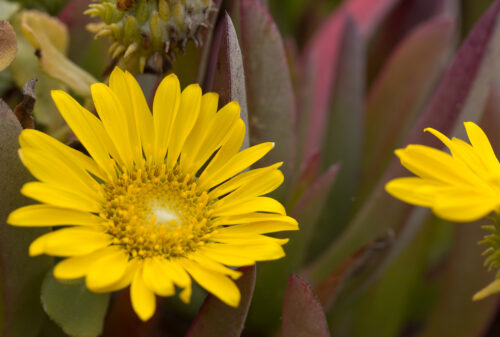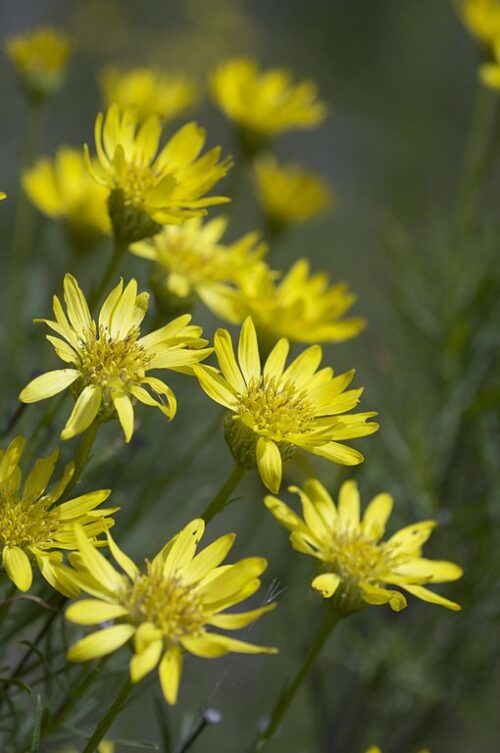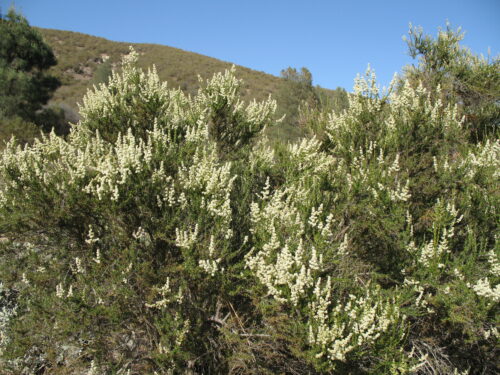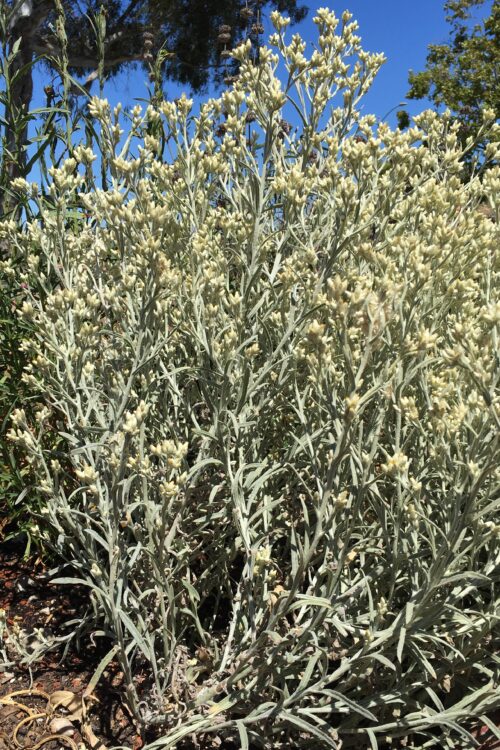Sambucus nigra ssp. caerulea
$4.95 – $38.50
We do not take online orders for plants. Please come in to the nursery, call or email: (510) 234-2222 or sales@thewatershednursery.com
Share this page
Blue elderberry
A deciduous shrub to small tree that grows to 15 feet tall.
The attractive light green foliage and large clusters of fragrant creamy white flowers appearing abundantly in spring and early summer. Edible fruits attract birds towards the end of summer.
Its berries are also, excellent in jelly, pie or for making elderberry wine.
While this tree is deciduous it comes out into leaf very early in the spring and drops its leaves late in the fall, so that it is only bare for a short time.
Pruning helps keeps it’s shape.
Previously named Sambucus mexicana
Lifeform: Shrub
Sun: Full Sun, Part Shade
Other: Attracts Birds, Attracts Butterflies, Deer Resistant, Drought Tolerant
| Container | 2-Gal, 2-Gal-O, D-16-O, D-40-O, D-40O, TP4-O, 4-Gal-o, 5-Gal, D-16, D-40, D-40S, D-40S-o, TB4 |
|---|---|
| Ecological Value | Berries are food source for many species of birds. Both S. mexicana and S. racemosa are obligate hosts of the federally threatened valley elderberry longhorn beetle, which is endemic to the Central Va |
| Historical Uses | The Ohlone people used the berries for food, and a decoction of the leaves as a purgative and to treat new colds. A decoction of dried flowers were taken by the Kashaya Pomo people to break a fever. T |
| Distribution | Native to California and is also found elsewhere in North America and beyond. |
| Elevation | Between 0 and 10000 feet |
| Communities | |
| Habitat | Canyons, limited to moist areas near creeks and drainages. |

